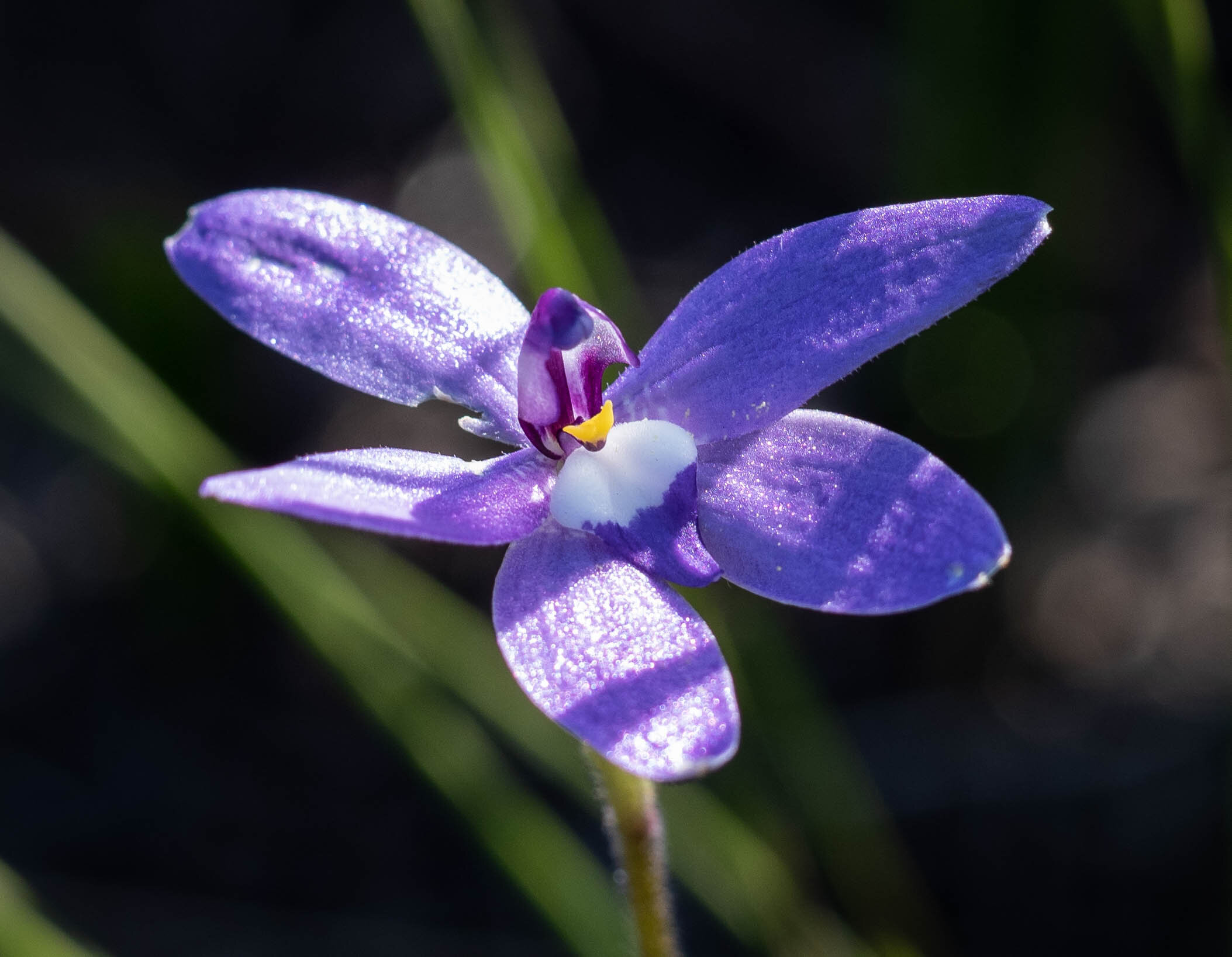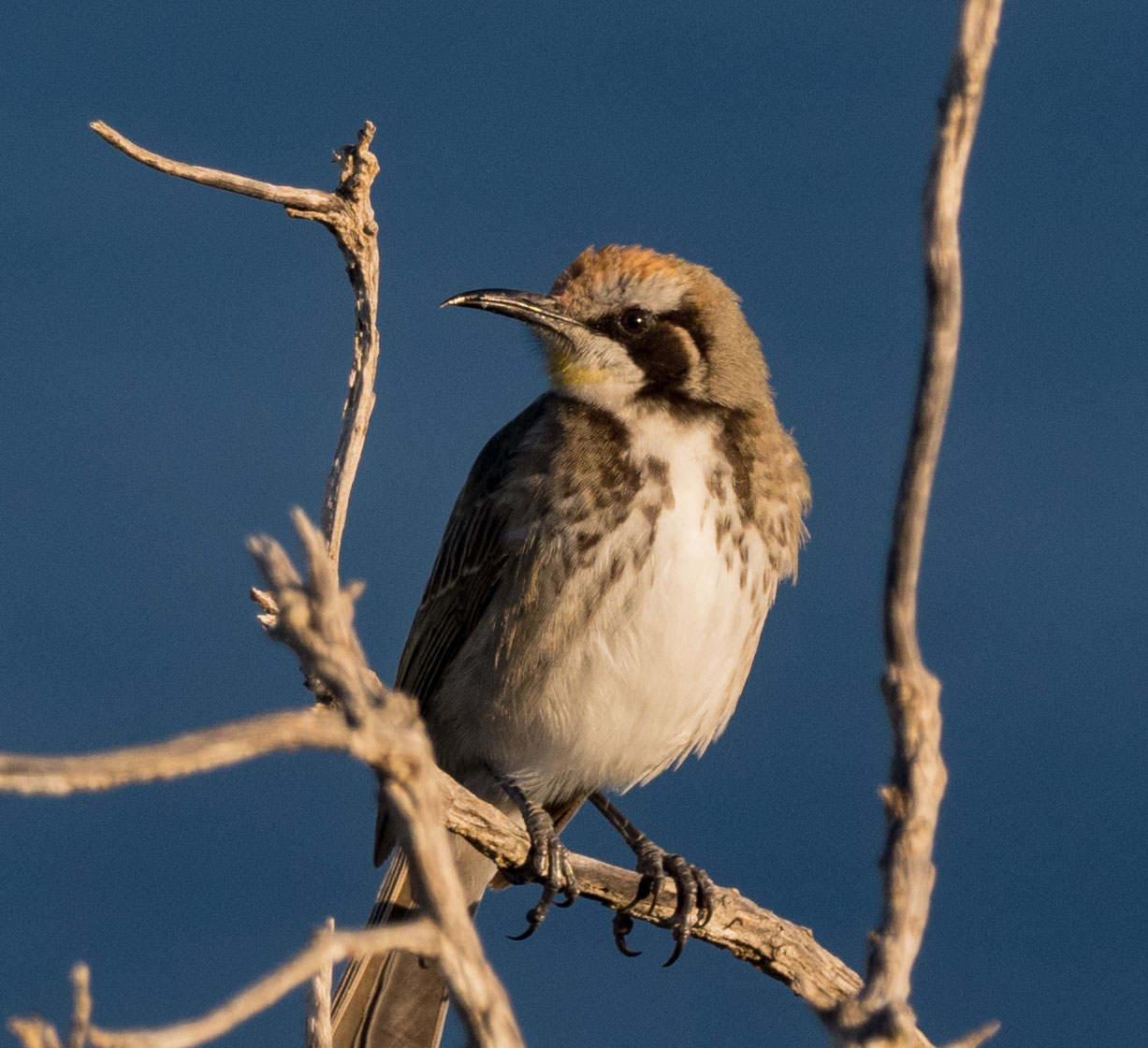Regeneration of a coastal heath
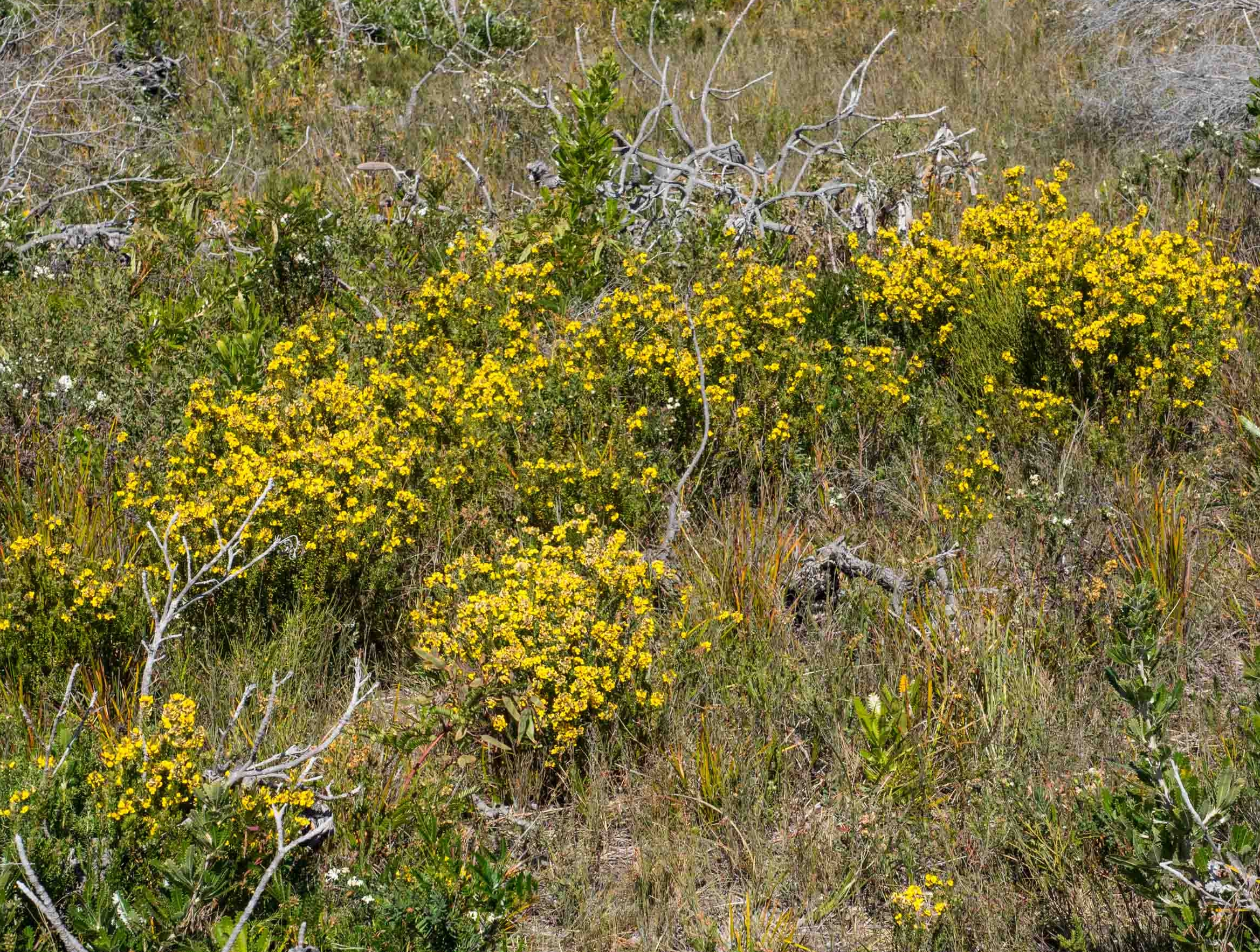
In February 2014, NPWS carried out an ecological burn in a section of the heath at nearby Green Cape. Such burns are necessary to maintain the character of these biological communities. In the absence of fire, heaths transform into forest as low, woody shrubs are replaced by trees.
We visited the Green Cape heath in September 2014 to see what changes had taken place after the burn. We returned in September 2015 and again today. The transformation in 3 short years has been dramatic.
On our first visit - just 7 months after the burn - we were surprised to discover that between the blackened stumps of burnt Banksia and Melaleuca trees, the ground was covered with green vegetation.
Up close, we discovered that this green blanket was mainly due to the regrowth of just one rush species. The fire had promoted the flowering of many orchids. But overall there was a low diversity of plant species.

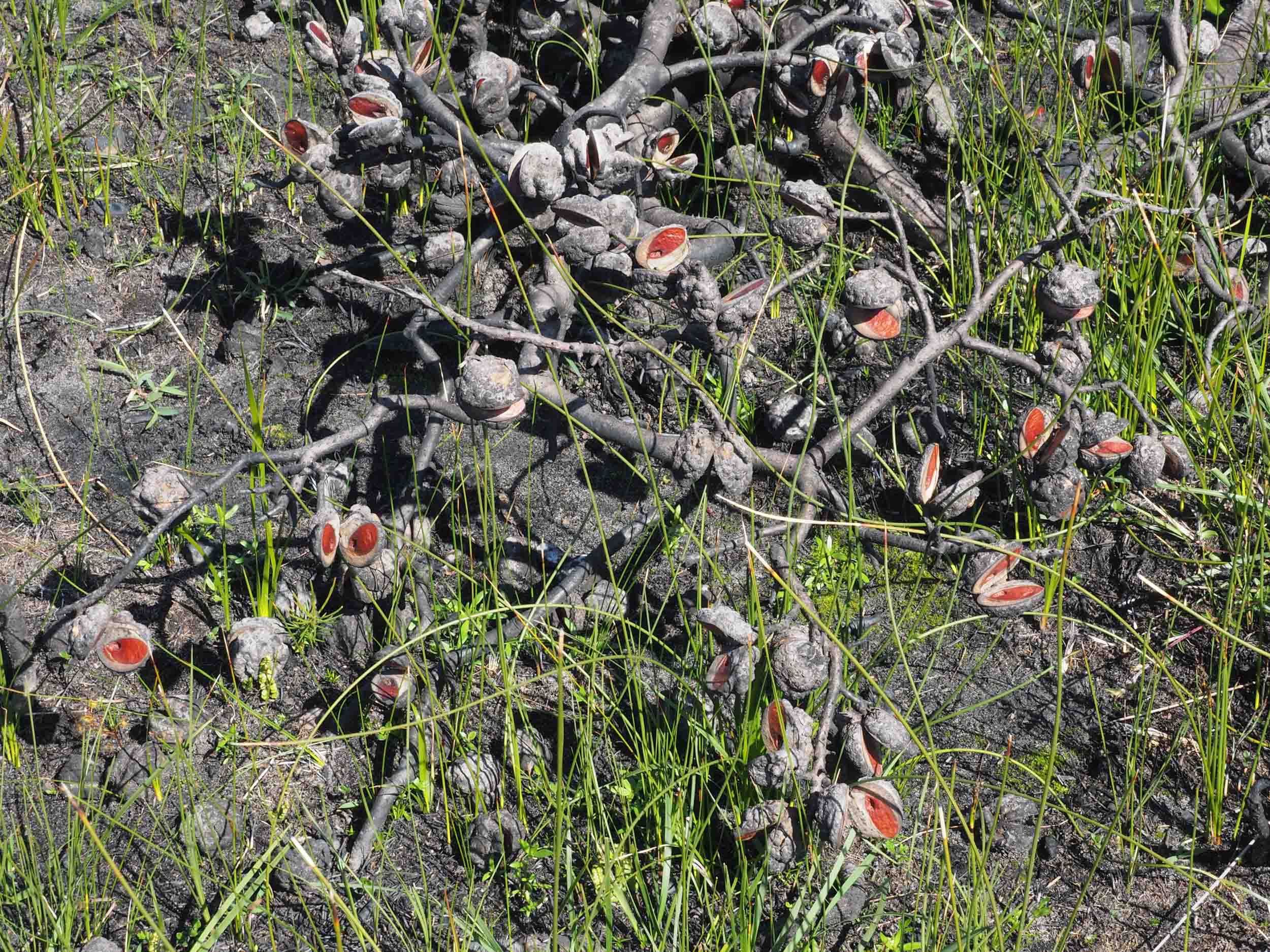
On our visit to the same area today the contrast was extreme. We found a diverse collection of low shrubs and bushes along several sections of the track.
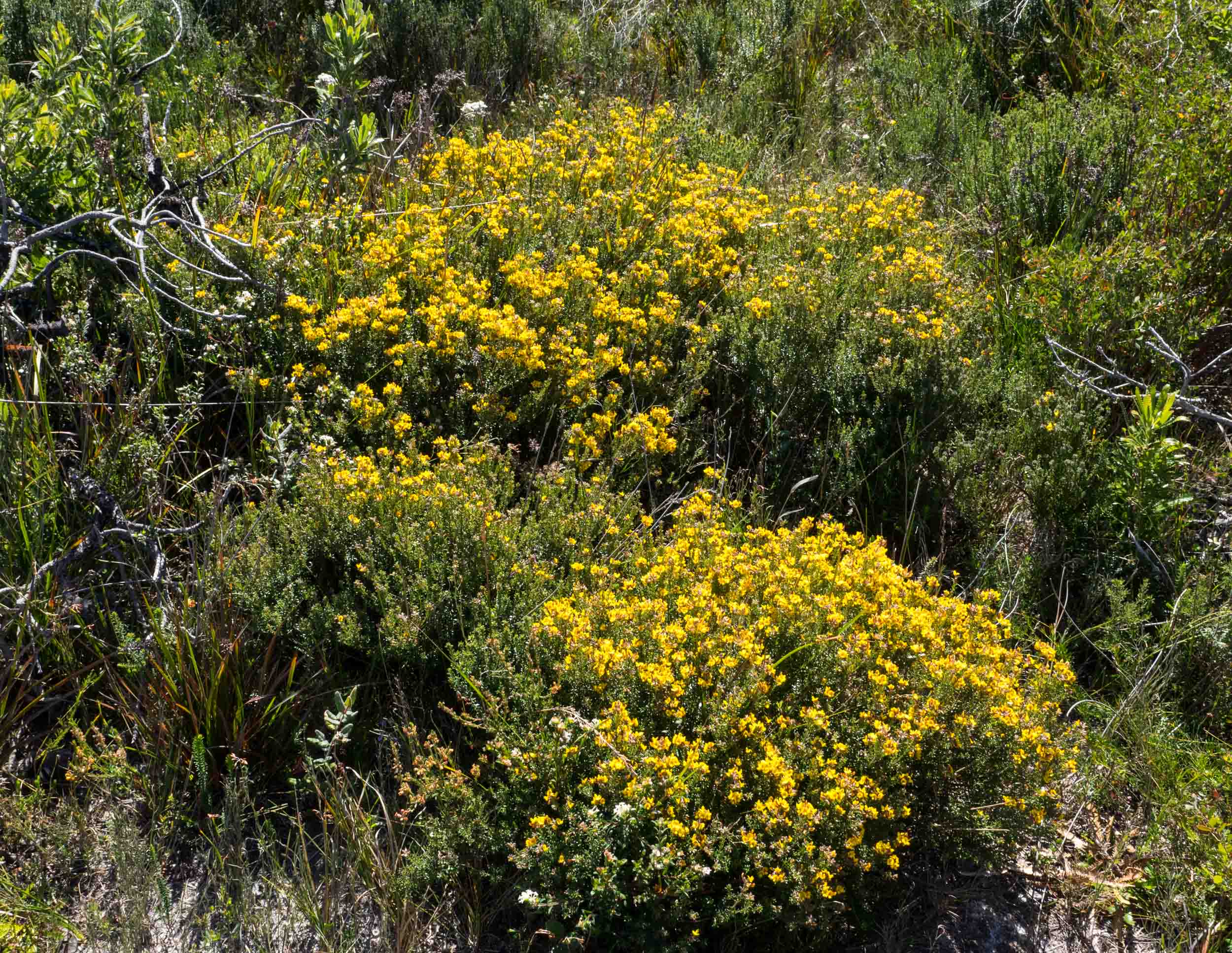
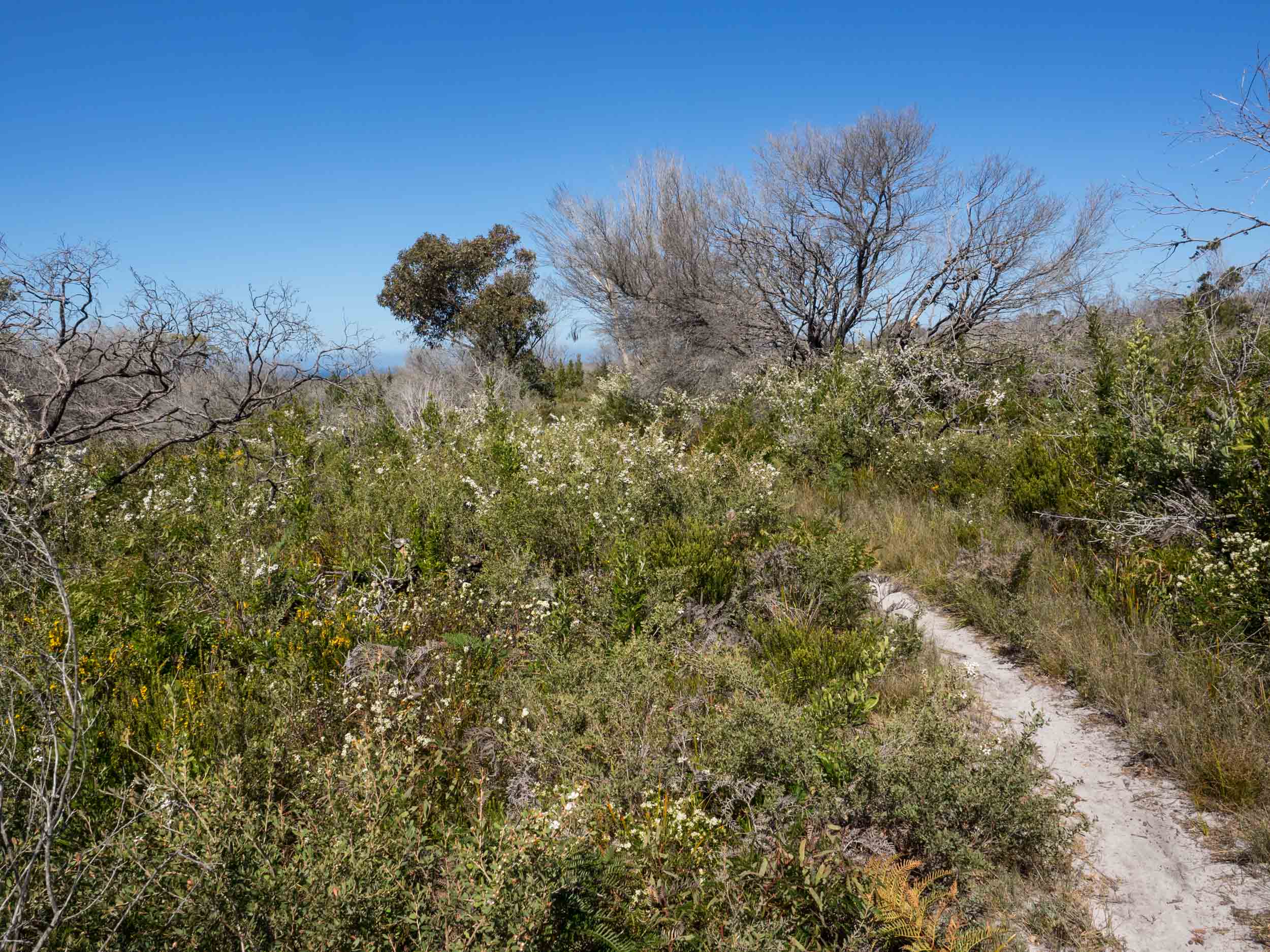
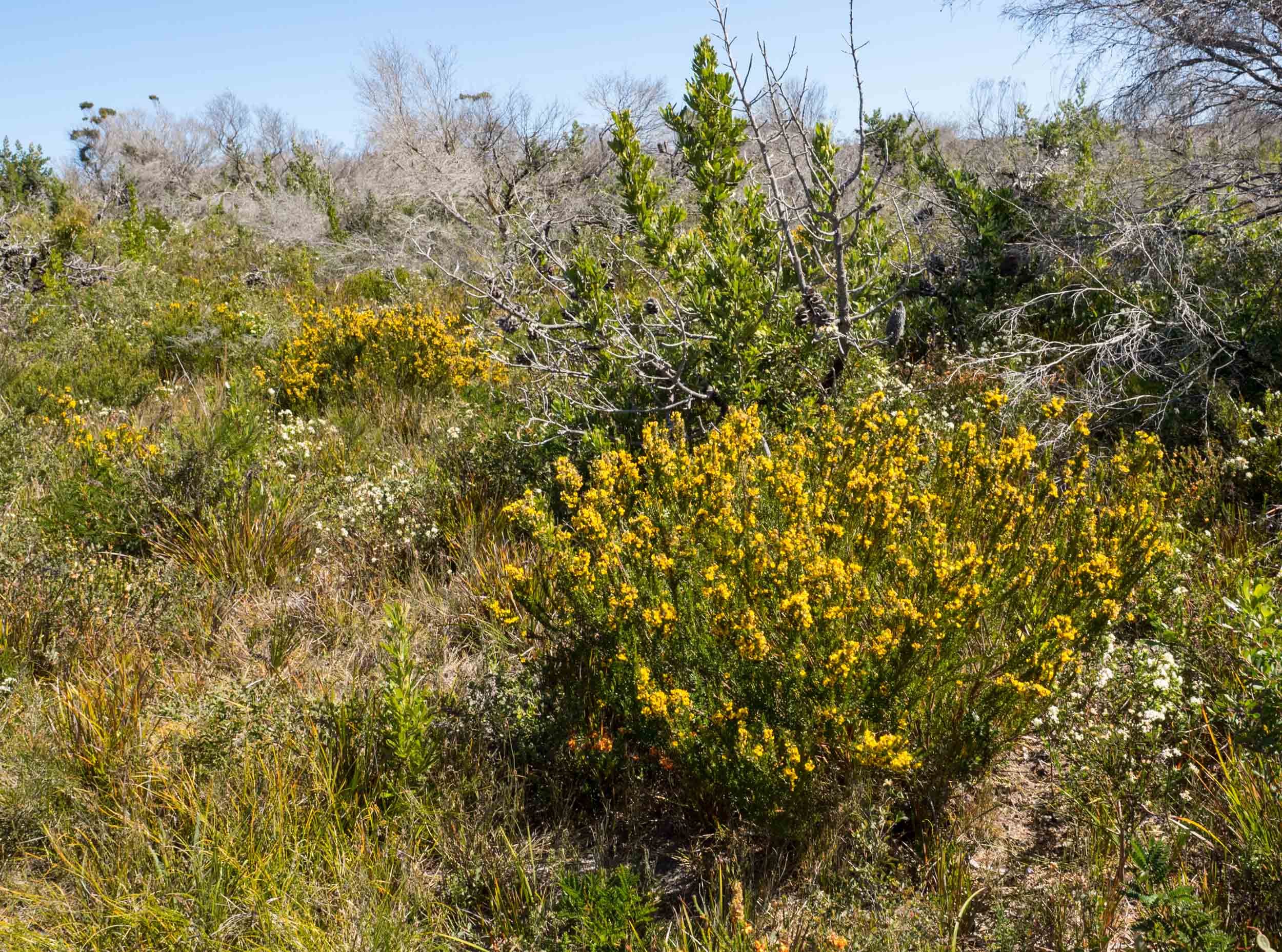
And everywhere the ground was carpeted with a dazzling array of wildflowers - just a small sample of which I've shown below.

















